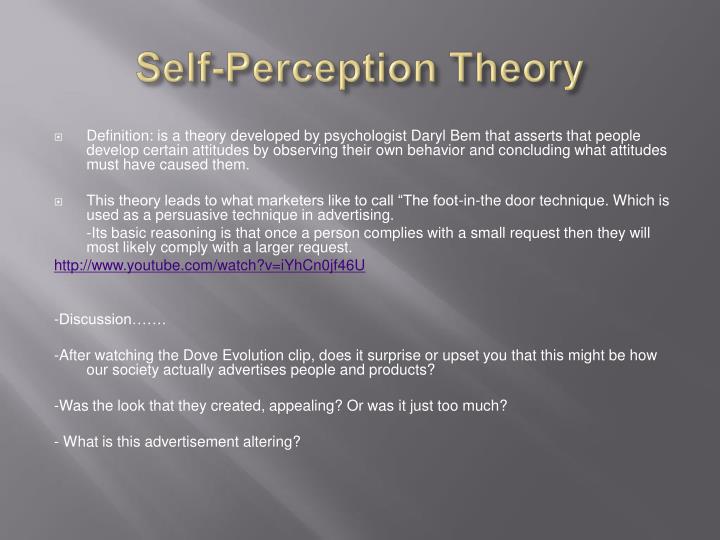

Previous research of transsexualism has been mainly focused on the assessment of psychiatric comorbidity with an emphasis on high risks for suicidal behavior and self-mutilation. Transsexualism is rare, with an estimated worldwide lifetime prevalence of 0.001-0.002% or 0.0019–0.0024%. Transsexual persons (TSP) are characterized by a strong and persistent sense of discomfort and inappropriateness with one’s anatomic sex, identification with the opposite sex, and the persistent wish to be rid of one’s genitals and live as a member of the other sex. IntroductionĪccording to the Tenth Revision of the International Classification of Diseases and Related Health Problems (ICD-10) transsexualism (TS) has been an important research field for the last 30 years, given the specificity of persons with gender dysphoria (GD). This is probably the result of experiencing discomfort for a number of years due to gender incongruence and dysphoria, in particular in persons who enter the sex reassignment procedure later in their adulthood. The estimation of Self-Perception in adult transsexual persons indicates a trend of subjective perception of a personal imperfection or inadequacy. In the process of Self-Introspection, negative and painful emotional states are often perceived. Hypervigilance Index and Obsessive Style Index are negative, while the values showing a negative quality of Self-Regard and the capacity for introspection tend to increase. The results suggest that transsexual persons manage to maintain Adequate Self-Esteem. The sample consisted of 15 transsexual persons, who passed the standard diagnostic procedure. The study was conducted using a Rorschach test, which provides an insight into various aspects of Self-Perception. Bearing in mind its importance not only in the assessment of personality but also in predicting adaptive capacity, the goal of our research is based on the examination of Self-Perception of adult transsexual persons. There have been few studies in the area of Self-Perception in transsexual persons, except for the population of transsexual adolescents. Social anxiety disorder and the psychobiology of self-consciousness. Self-consciousness concept and assessment in self-report measures. Understanding and developing emotional intelligence. Cognitive–behavioral therapy for management of mental health and stress-related disorders: Recent advances in techniques and technologies. In: Complementary and alternative therapies in nursing. The mindful self: A mindfulness-enlightened self-view. Measuring the effects of self-awareness: Construction of the self-awareness outcomes questionnaire. Preserved self-awareness following extensive bilateral brain damage to the insula, anterior cingulate, and medial prefrontal cortices. Philippi CL, Feinstein JS, Khalsa SS, et al. Impaired self-awareness in human addiction: deficient attribution of personal relevance. The development of early visual self-recognition. Five levels of self-awareness as they unfold early in life.


 0 kommentar(er)
0 kommentar(er)
